America’s national parks are living showcases of the most resilient, beautiful, and ecologically important native plants. From towering trees in redwood forests to desert wildflowers blooming after a rain, these plants are the backbone of the country’s most treasured landscapes.
Luckily, you don’t need to live inside a park to enjoy them. Many of these native species adapt beautifully to home gardens, bringing not only beauty but also benefits like pollinator support, drought tolerance, and biodiversity restoration.
Eastern Redbud
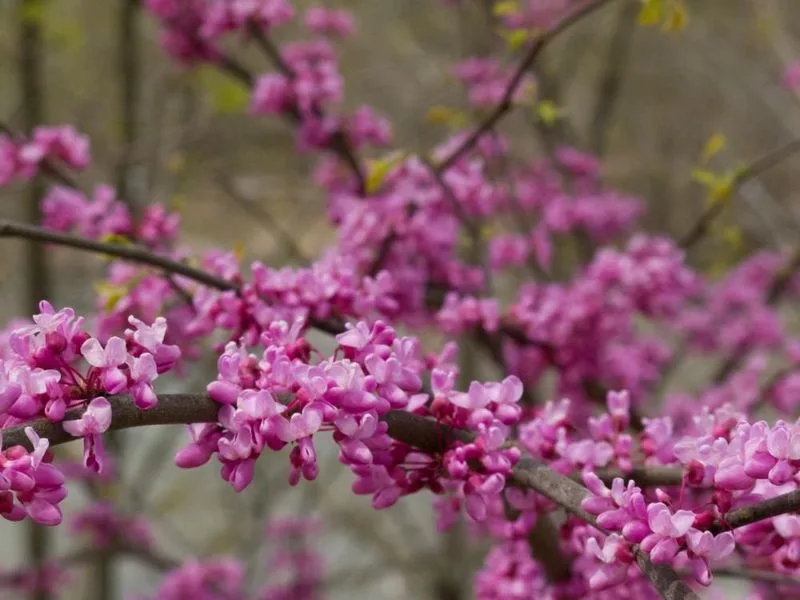
Eastern Redbuds are a springtime spectacle with their vivid pink blooms. Originating from the eastern United States, these trees thrive in well-drained soil and can be grown in full sun or partial shade. The heart-shaped leaves and graceful branches create a charming silhouette. Plant them as ornamental trees or shrubs in your garden for an early splash of color. Did you know? Redbud flowers are edible and can be added to salads for a splash of color and taste. Their resilience and beauty make them a gardener’s favorite.
California Poppy

Bursting with vibrant orange hues, California Poppies are not just a state symbol but a gardener’s delight. These perennials are known for their delicate, papery petals and can thrive in poor, sandy soils. Perfect for drought-tolerant gardens, they bloom from spring to early summer. Fun fact: California Poppies close their petals at night or in cold weather, a unique trait that adds to their charm. Plant these cheerful flowers in borders or containers for a splash of sunshine all season long.
Bluebonnet
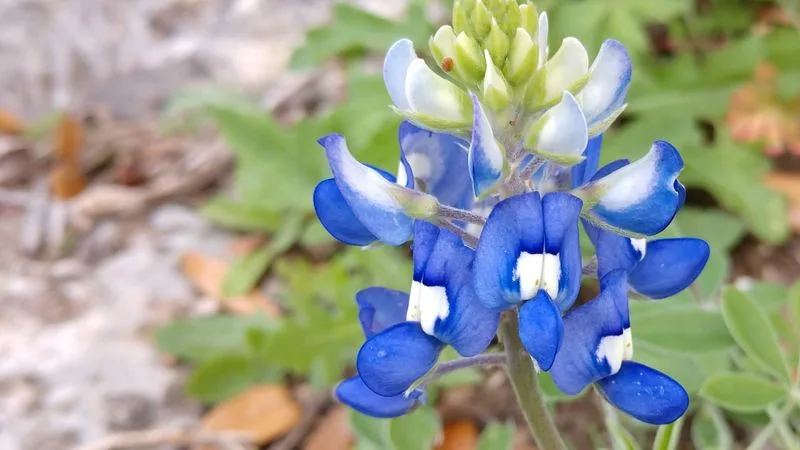
Bluebonnets, Texas’ beloved flowers, paint landscapes with shades of blue and purple. They thrive in well-drained soil and full sun, making them suitable for various garden types. These wildflowers provide a stunning contrast to green foliage and are often seen swaying gently in the breeze. Plant them in clusters for a dramatic effect. Did you know? Bluebonnets are legumes and can improve soil quality by fixing nitrogen. Their beauty and ecological benefits make them a wonderful addition to any garden.
Mountain Laurel
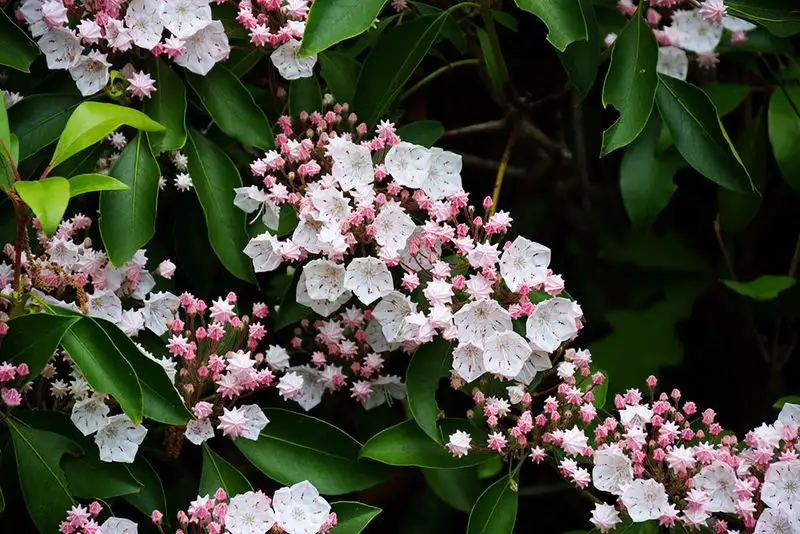
Known for its dense clusters of pink and white blooms, Mountain Laurel is a visual delight. This evergreen shrub thrives in acidic, well-drained soils and offers year-round appeal. Its glossy leaves and intricate flowers provide texture and interest to any garden. A favorite in woodland or naturalistic settings, Mountain Laurel can also serve as an elegant hedge. Fun fact: Native Americans used Mountain Laurel wood to make spoons and other utensils, showcasing its versatility beyond beauty.
Desert Marigold
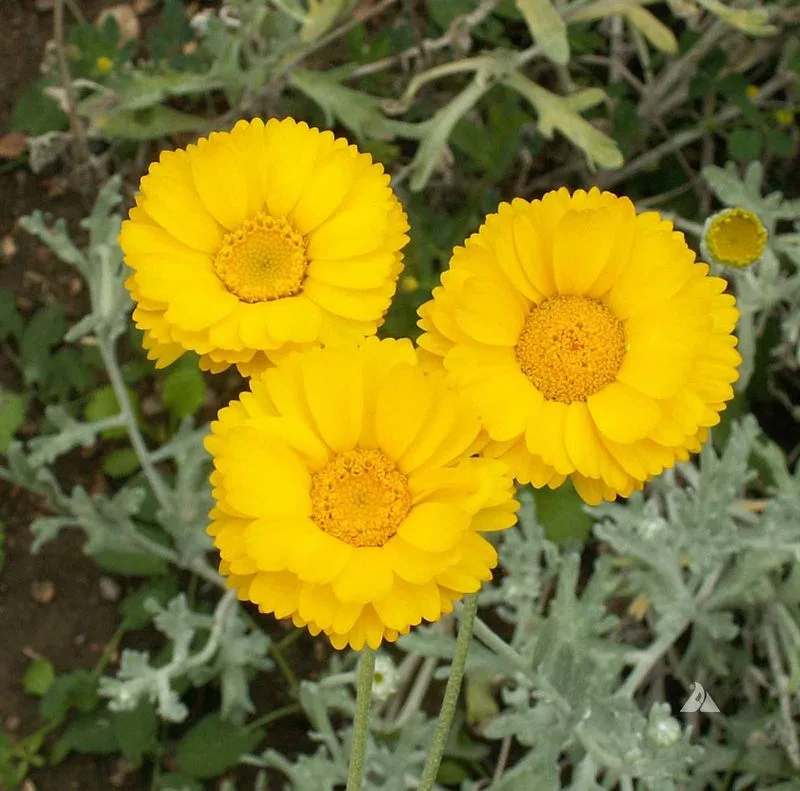
Desert Marigold, with its sunny disposition, is a standout in arid landscapes. These bright yellow flowers are drought-tolerant and prefer sandy, well-drained soils. Blooming from spring to fall, they are a beacon of color in desert gardens. Plant them in rock gardens or xeriscapes for carefree beauty. Interesting to note, Desert Marigolds have a long blooming season and attract pollinators like bees and butterflies, making them environmentally friendly as well as visually striking.
Columbine
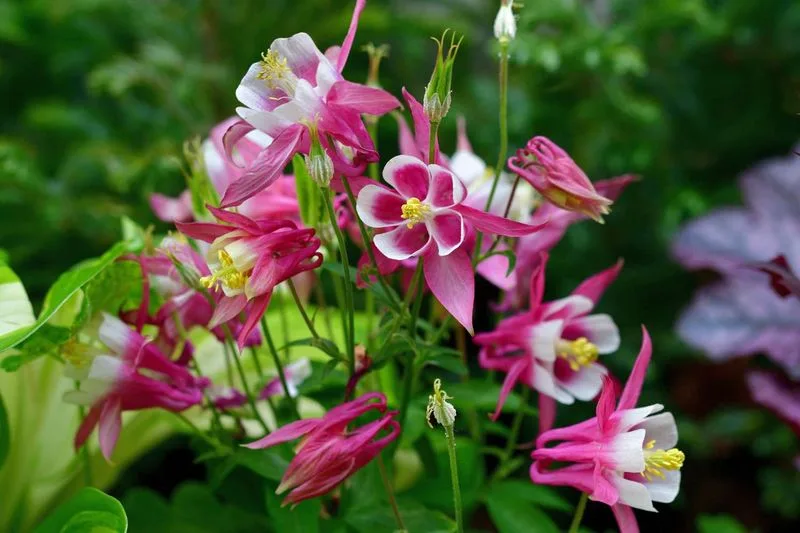
Columbines are known for their unique, spurred flowers and a rainbow of colors. These perennials adapt well to partial shade and moist, well-drained soils. They’re ideal for woodland gardens or shaded borders, adding whimsy with their nodding blooms. Each flower’s distinct shape invites pollinators like hummingbirds, enhancing your garden’s biodiversity. Columbines are easy to grow and maintain, suitable for gardeners of all levels. Their vibrant presence and adaptability make them a cherished choice for many.
Prairie Smoke
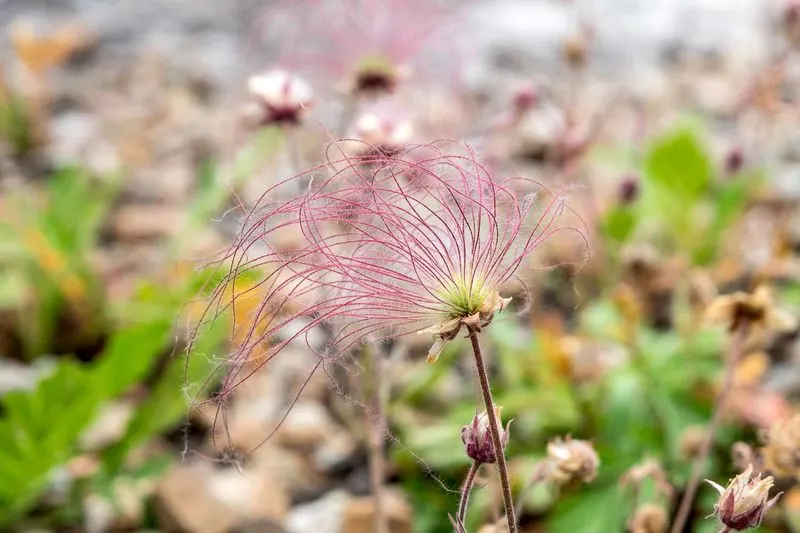
Prairie Smoke, with its feathery pink seed heads, offers a touch of whimsy to gardens. These hardy perennials thrive in well-drained soils and full sun. The nodding flowers transform into airy seed plumes, creating an ethereal effect. Ideal for rock gardens or wildflower meadows, Prairie Smoke is both drought-tolerant and low-maintenance. Its unique appearance not only attracts attention but also supports pollinators. A plant that stands out for its delicate beauty and practical benefits, Prairie Smoke deserves a spot in any garden.
Western Sword Fern
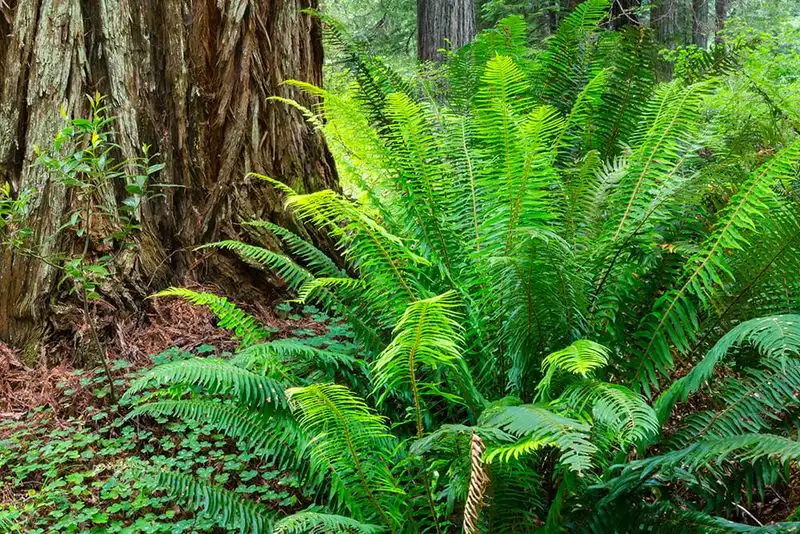
Western Sword Ferns bring a lush, verdant look to shaded gardens. These evergreen perennials thrive in moist, well-drained soils and prefer partial to full shade. Their arching, leathery fronds create a serene forest floor appearance. Perfect for woodland gardens, fern borders, or as a backdrop for flowering plants, they add texture and depth. Known for their resilience, Western Sword Ferns are easy to care for, requiring minimal maintenance once established. Their classic elegance is a timeless addition to any garden setting.
Scarlet Paintbrush
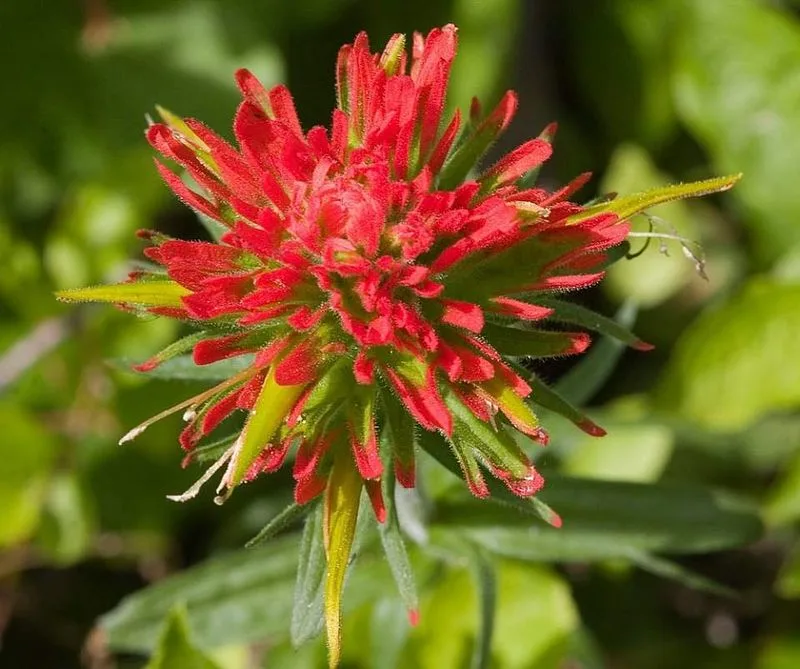
Scarlet Paintbrush captivates with its bright red bracts that resemble a painter’s brush. Found in meadows and rocky slopes, these perennials are drought-tolerant and thrive in well-drained soils. They add a splash of bold color to gardens and attract hummingbirds, making them a lively addition. Plant them in wildflower gardens or along paths for a naturalistic feel. Their striking appearance and hardiness make Scarlet Paintbrush a favorite among gardeners looking for vibrant, low-maintenance options.
Coastal Blue Lupine
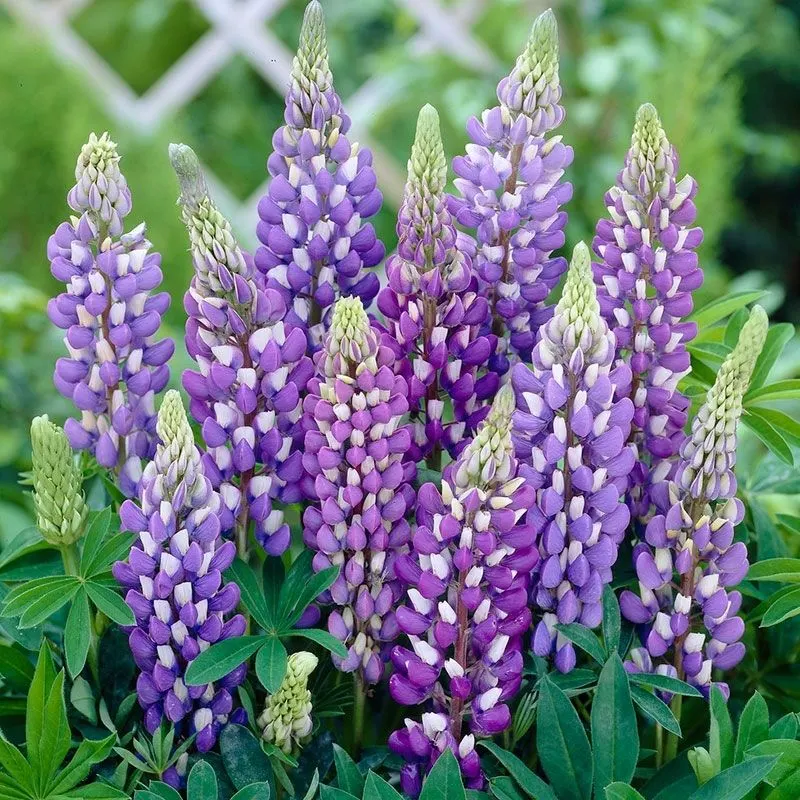
Coastal Blue Lupines, with their soft blue blooms, are a serene addition to any landscape. Thriving in sandy, well-drained soils, these perennials are ideal for coastal gardens. Their tall spires of flowers attract bees and butterflies, supporting pollinator populations. Plant them en masse for a sea of blue or mix them with other coastal natives for variety. Coastal Blue Lupines not only beautify the environment but also enrich the soil, making them a sustainable choice for eco-conscious gardeners.
Purple Coneflower
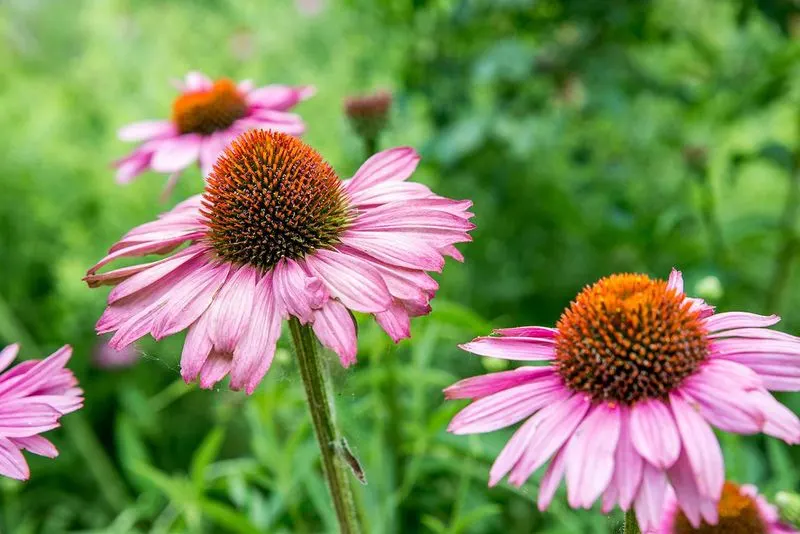
Purple Coneflowers, with their daisy-like appearance and prominent centers, are garden staples. These hardy perennials flourish in full sun and tolerate a range of soil conditions. Ideal for prairie gardens or sunny borders, they attract butterflies and bees, enhancing your garden’s vitality. Plant them in groups for a bold effect or mix them with grasses for a natural look. Known for their medicinal properties, Purple Coneflowers are also used in herbal remedies, adding utility to their beauty.
Great Basin Sagebrush
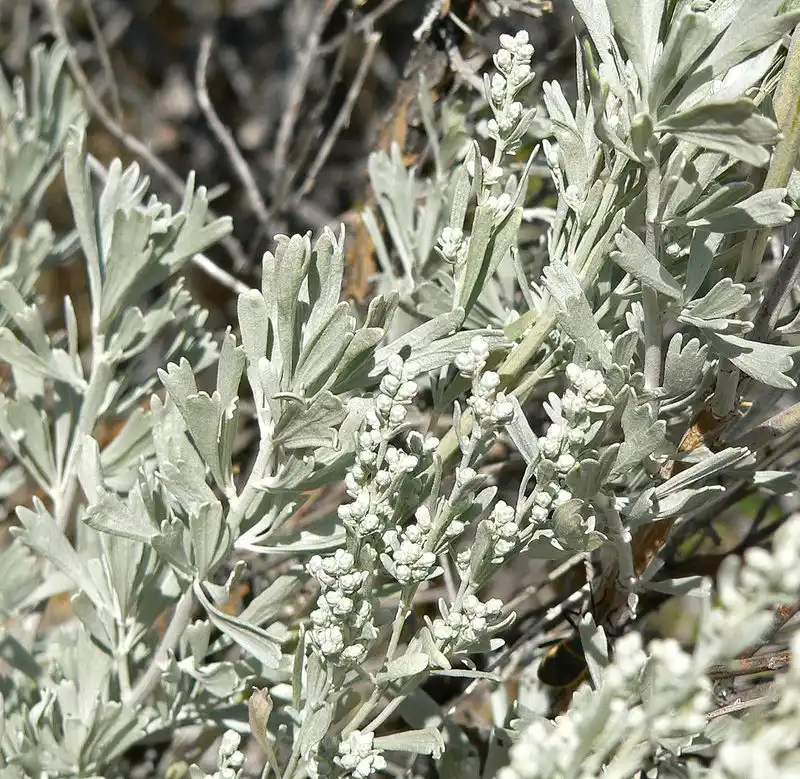
Great Basin Sagebrush, with its silvery foliage and aromatic scent, embodies the spirit of the American West. This robust shrub thrives in arid, well-drained soils and full sun, making it perfect for xeriscaping. Sagebrush provides habitat and food for wildlife, adding ecological value to gardens. Its distinctive aroma and texture make it a sensory delight. Use it in native plant gardens or as a backdrop for flowering plants. Great Basin Sagebrush is a symbol of resilience and adaptability, offering a genuine connection to the wild landscapes it hails from.
Foxglove Beardtongue
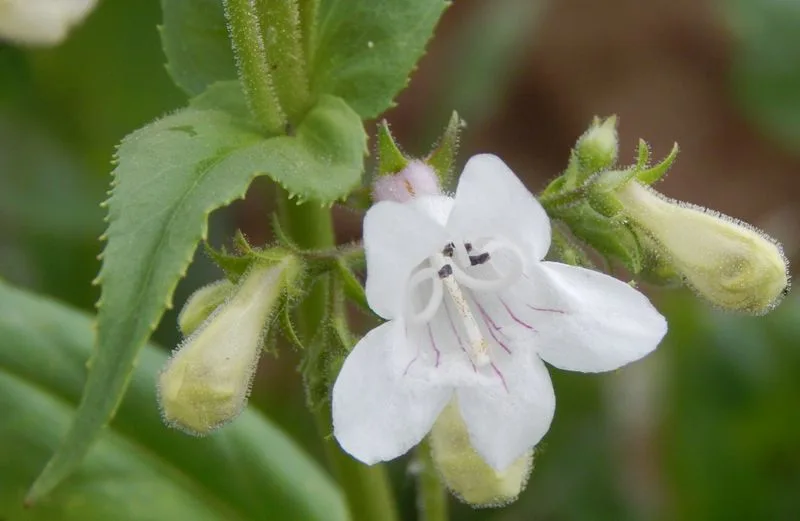
Foxglove Beardtongue stands out with its tall spikes of tubular white flowers. These perennials thrive in well-drained soils and full sun to partial shade. Known for attracting hummingbirds and bees, they are a vibrant addition to pollinator gardens. Plant them in borders or wildflower meadows for a naturalistic look. Their striking appearance and easy care make Foxglove Beardtongue a popular choice for gardeners seeking both beauty and functionality. Fun fact: Despite its name, this plant is not related to the poisonous foxglove.
Eastern Bluestar
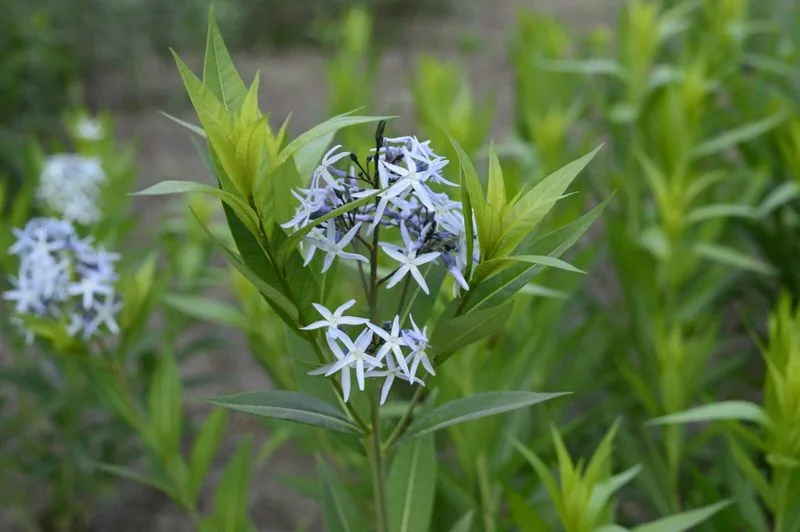
Eastern Bluestar delights with clusters of star-shaped blue flowers. These perennials prefer well-drained soils and full sun to partial shade. Their long-lasting blooms and attractive foliage provide interest throughout the growing season. Ideal for borders or mixed beds, they complement other perennials beautifully. Eastern Bluestar is also known for its striking fall foliage, adding a burst of color to gardens. Easy to grow and maintain, they offer both beauty and practicality, making them a treasured choice for many.
Bee Balm

Bee Balm, known for its vibrant red blooms and enticing fragrance, is a must-have for pollinator gardens. These perennials thrive in well-drained soils and full sun to partial shade. Their tubular flowers attract bees, butterflies, and hummingbirds, enhancing garden biodiversity. Plant them in clusters for a bold visual impact or mix them with other perennials for contrast. Bee Balm is also known for its medicinal properties, offering health benefits alongside its beauty. Its lively presence and versatility make it a garden favorite.
Butterfly Weed
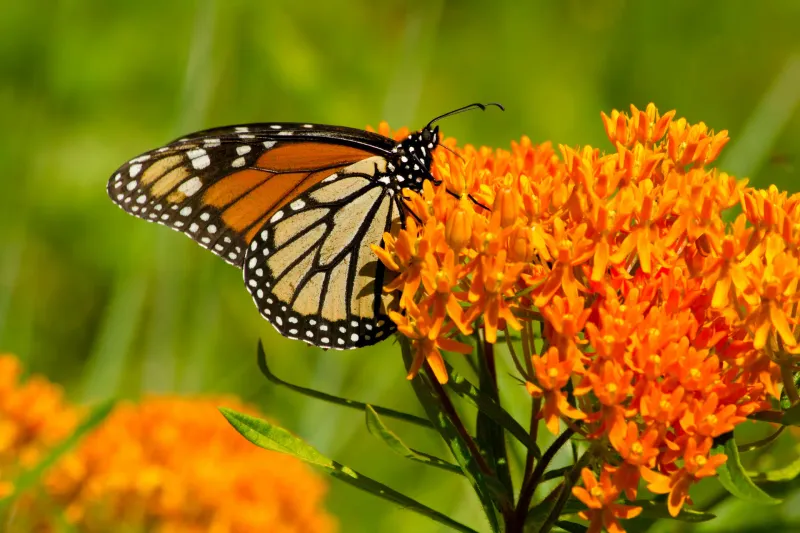
Butterfly Weed, with its fiery orange blooms, is a magnet for butterflies. These perennials thrive in well-drained soils and full sun, making them ideal for sunny borders or wildflower gardens. Their vibrant color and nectar-rich flowers support pollinator populations, contributing to ecological health. Plant them in groups for a dramatic effect or alongside other native plants for a balanced look. Butterfly Weed is not only beautiful but also plays a crucial role in the life cycle of Monarch butterflies, providing a sense of purpose to your garden.
New England Aster
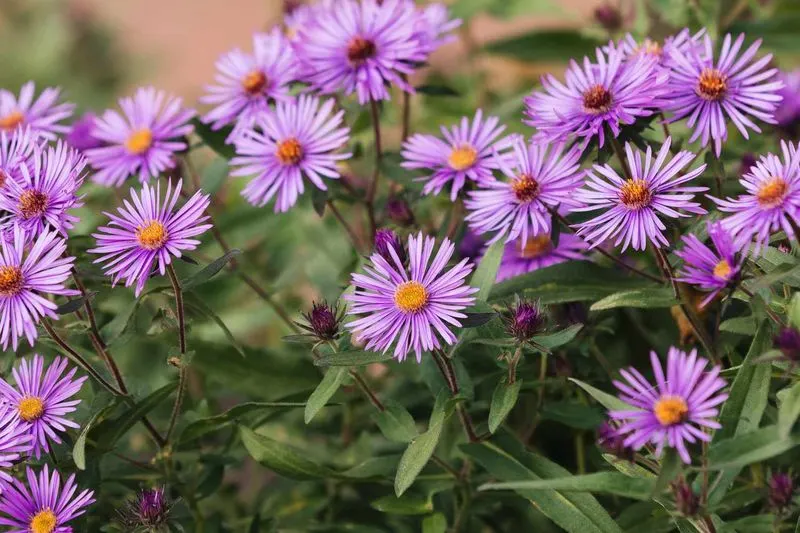
New England Asters are fall favorites with their rich purple blooms. These perennials thrive in well-drained soils and full sun to partial shade. Their late-season flowers provide color when most plants are winding down, adding vibrancy to autumn gardens. Plant them in borders or meadows for a colorful display. New England Asters attract butterflies, supporting garden biodiversity. Their showy blooms and robust nature make them a valuable addition to any garden. Fun fact: Asters were once used by Native Americans for medicinal purposes, highlighting their historical significance.
Goldenrod
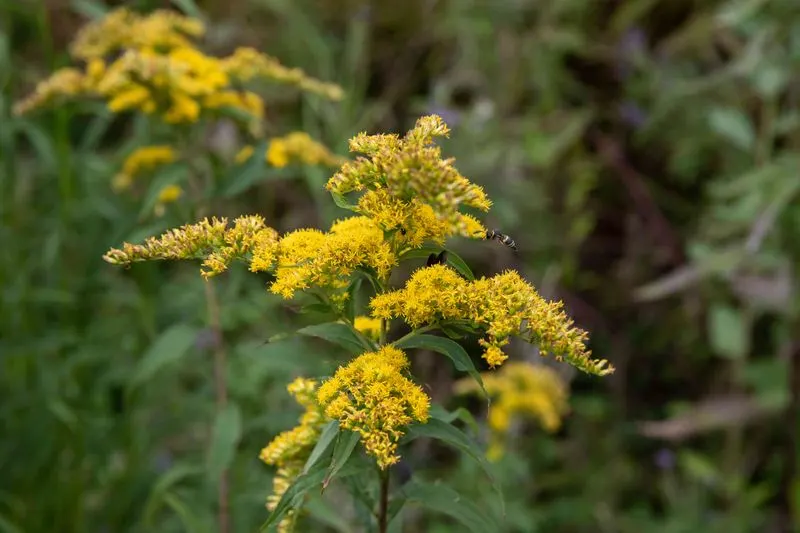
Goldenrod captivates with its tall spires of golden-yellow flowers. These perennials thrive in well-drained soils and full sun, making them ideal for naturalistic gardens. Their vibrant blooms attract butterflies and bees, enhancing garden vitality. Plant them in meadows or along pathways for a splash of color. Contrary to popular belief, Goldenrod does not cause allergies, making it a safe and beautiful choice for many. Its cheerful presence and ecological benefits make Goldenrod a standout in any garden setting.
Black-Eyed Susan
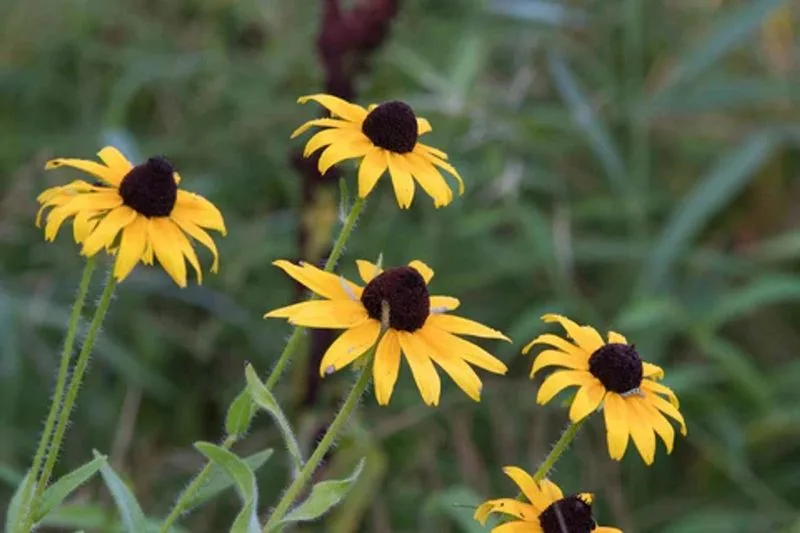
Black-Eyed Susans, with their sunny yellow petals and dark centers, bring warmth to gardens. These hardy perennials thrive in full sun and a variety of soil conditions, making them versatile additions. Ideal for borders or mass plantings, they provide a cheerful burst of color. Black-Eyed Susans attract pollinators, supporting ecological health. Known for their resilience, they require minimal care once established. Plant them in groups for visual impact or mix them with other flowers for a harmonious garden scene. Their enduring appeal makes them a favorite among gardeners.
Wild Ginger
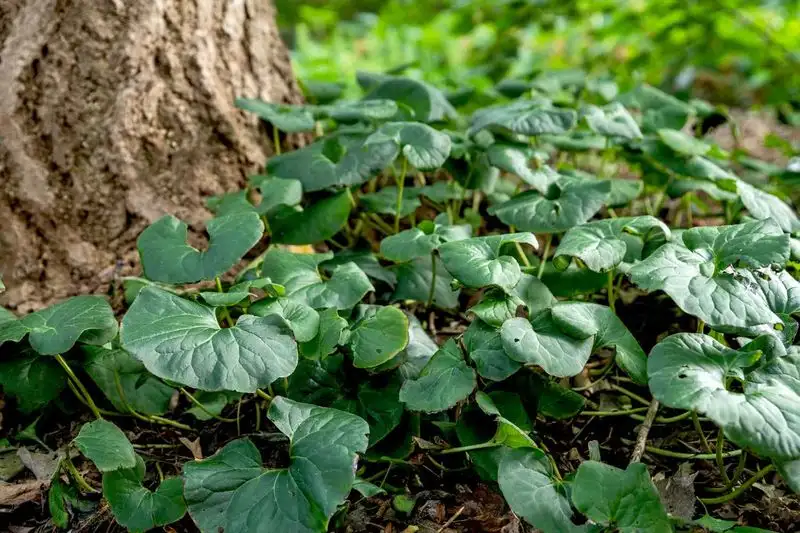
Wild Ginger, with its heart-shaped leaves and hidden blossoms, offers understated elegance to shaded gardens. These perennials thrive in moist, well-drained soils and full to partial shade. Perfect for ground cover or woodland gardens, they add texture and depth with their rich green foliage. The unique, cup-shaped flowers are often concealed beneath the leaves, adding intrigue. Wild Ginger is not only ornamental but also has culinary uses, making it a versatile addition. Its adaptability and subtle charm make it a beloved choice for naturalistic planting.

